MS-LS1-5
Construct a scientific explanation based on evidence for how environmental and genetic factors influence the growth of organisms.
-
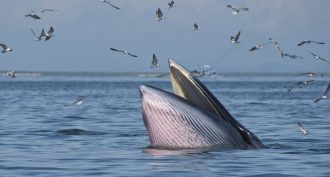 Animals
AnimalsCool Jobs: A whale of a time
Studying blue whales, spinner dolphins and other cetaceans demands clever ways to unveil the out-of-sight behaviors of these marine denizens.
By Eric Wagner -
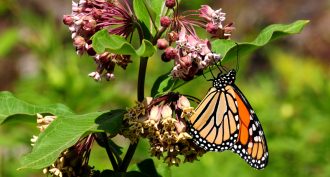 Animals
AnimalsSalted butterflies
The salt used on winter ice can alter the bodies of summer's butterflies. Males develop larger muscles and females get bigger brains.
-
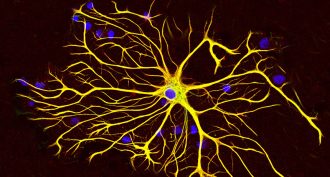 Brain
BrainHunger’s little helpers
Astrocytes were thought to be nothing more than support cells for neighboring nerve cells. A new study suggests they do much more. These brain cells may help control appetite, too.
-
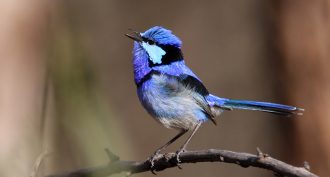 Animals
AnimalsA library of tweets (and howls and grunts)
The Macaulay Library houses a world of animal sounds. And now anyone with an Internet connection can check out this audio collection.
-
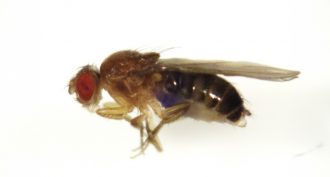 Animals
AnimalsA science fair project makes bug killing sweet
Simon Kaschock-Marenda wanted to see how flies responded to different sweeteners. Along the way, he discovered an insecticide that would pose little risk to people. And the 14-year-old is now a published author on a scientific paper.
-
 Animals
AnimalsTrees: Koala air conditioning
When koalas sprawl over a tree branch, they may not be lazy. They just might be taking advantage of some natural cooling — enough to survive a heat wave.
By Susan Milius -
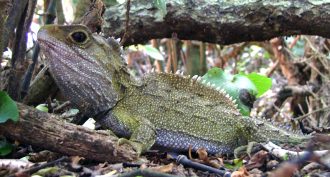 Animals
AnimalsWhen a species can’t stand the heat
When temperatures rise, New Zealand’s tuatara produce more males. With global warming, that could leave the ancient reptile species with too few females to avoid going extinct.
-
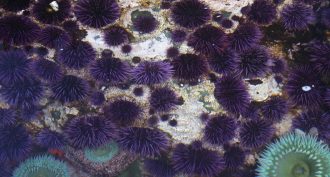 Life
LifeCaught in the act
Scientists observe some evolutionary speed demons as they adapt over the course of just a few years to new environmental conditions.
-
 Health & Medicine
Health & MedicineExplainer: The teenage body clock
Around puberty, a change in the body clock of adolescents and teens makes it hard for them to fall asleep as early as they used to.
By Susan Gaidos -
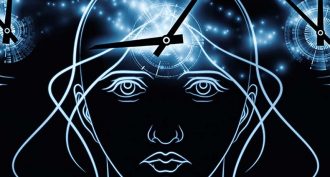 Brain
BrainRespecting the body’s clocks
Daily rhythms affect everything from the time we wake to how well we perform in sports.
-
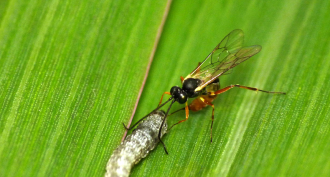
-
 Brain
BrainThe teenage brain
Adolescence triggers brain — and behavioral — changes that few kids or adults understand.